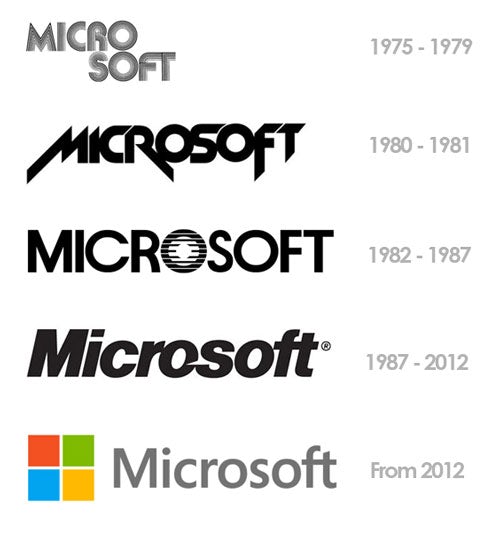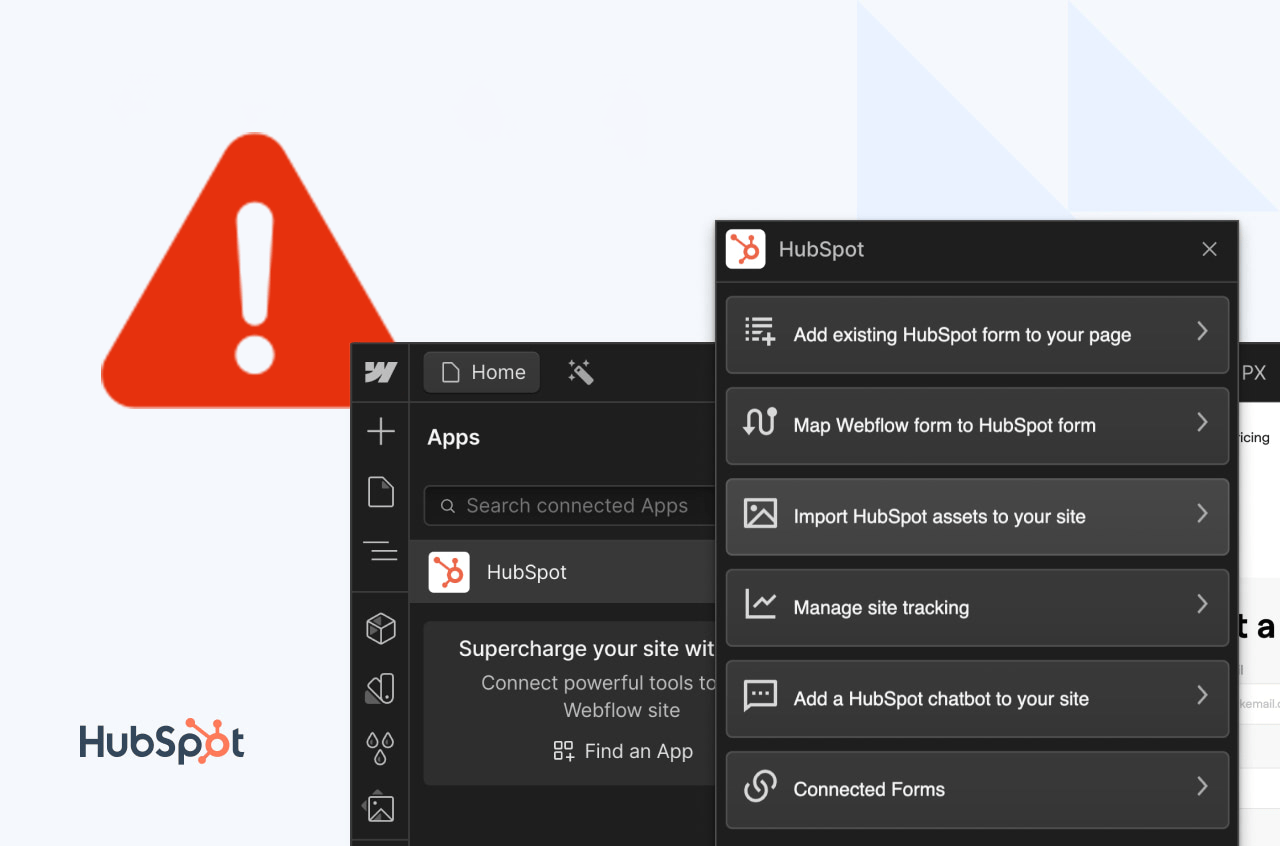How to rebrand without starting over
Some of the most fulfilling projects I do are rebrands and fixes. Working on a brand that already has a customer base and many implementations of their graphics in place across the web and as physical signage presents it's own set of challenges. The larger the company I'm working with the more financial risk there is consider. Imaging replacing twenty-thousand dollars worth of signs above your store, replacing logos, banners and graphics across social media and outreach only to be met with a "meh" by your customers, and even worse LOOSING customers.
I'll walk you through how I approach a rebrand in a way that's holistic and well managed.
First, when is it a good idea to rebrand?
As your company grows the target audience will naturally broaden, the market your in will lean towards another demographic or your business has changed. Here are some of the most common reasons I've encountered while working on rebrand briefs with clients at Homade Co.
• New competition has challenged their established brand or product on the marketplace (this is common on Amazon centric products)
• Technological shifts or taste trends have emerged changing how your brand or product is being consumed/used and the brand identity needs to cater to that. (this is common for older brands changing mediums, such as a print editorial getting into digital marketplaces)
• There hasn't been a cohesive branding effort made in the first place
• The brand is dated

Okay, we've decided to rebrand. Where do we start?
1. Start with your positioning
What is your brands current mission or vision? What will it be after the rebrand is complete? It's important to realize that a change in your logo and branding does not equal a change your how your brand is perceived. That's a misunderstanding of what branding is so lets unpack that a bit:
When I say branding, that's shorthand. Homade Co. is concerned with the visuals and graphics included in your overall branding - what you do with it, and the follow-through of your visions and mission statement is up to you.
2. Have a head-to-toe strategy in place
It's important to me to have a literal list of where the brands graphics are currently in use, where they will potentially be in use and ensure that any unique challenges presented by those cases are considered before moving forward with the redesign. It's not essential that everything is identical, it IS essential that it's cohesive. Your digital, social and physical representations must appear to be a family. That is to say that your window signage and the bumper stickers you made to promote a honk if you love Spumoni's Meatballs flash sale must be considered from day one.
One issue I run into to this day is enforcement. While I am prepared to offer the best consultation and advice around, it's a waste of time if the plans are not followed. So I do all I can to be involved in the removal of old content and fitting of new content and checking in 30 days down the line for example to see if there were any snags. For a startup rebrands are very simple and safe. The more established your brand is the more I'd recommend you book extra time with me in an advisory role to see it through.
3. If it isn't broke don't fix it
Someone worked hard to make what you have now. Let's not throw the baby out with the bathwater and discard 100% of your old brand. There's a saying we use in design often when it comes to rebrands and log refreshes.
Is it an evolution or a revolution?
This is among the first questions I ask when doing discovery on a rebrand project. Even if you're a startup with very few repeat customers who'd recognize a rebrand, it's often emotionally important to the owner/s to keep the spirit of what they have now. Typically you'll want to keep at least your company name. I suggest keeping some brand colors as well or at least updating the colors if possible without discarding them entirely.
4. Scope out the competition
See what's working with the competition. There are tons of ways to research trends in any market as well as what's trending in the new year. In order to have a contemporary upgrade you'll want to be aware of what's happening in your space this year and see where that can intersect with you core values. We often don't want to be on the extreme fringes of what's hot and new but we should know what's out there.

5. Get a second opinion
I know a lot, you know a lot, our friends and family know some things too. How about a poll to some of your current customers on Facebook or Instagram? How about asking the public at large? Look, you're potentially spending money and time on something very thought to reverse. It's my recommendation always, get whatever reassurances you need to feel secure in your decisions. I will tell you lay out the logic and reasoning behind everything and prepare you to go out and get feedback. I'll help you setup these polls and campaigns, whatever you need, I likely have a price for that and patience. What's important is that you walk away with something that you're happy with and is an excellent product.
6. Project-manage and launch
Project management in this context means tracking timelines, deliverables, responsibilities and deliverables. Keep it neat, keep it current and make sure it's easy to share with your team. In my case I use Asana, Trello and the collaborative features of Dropbox Paper to stay organized and on track.



